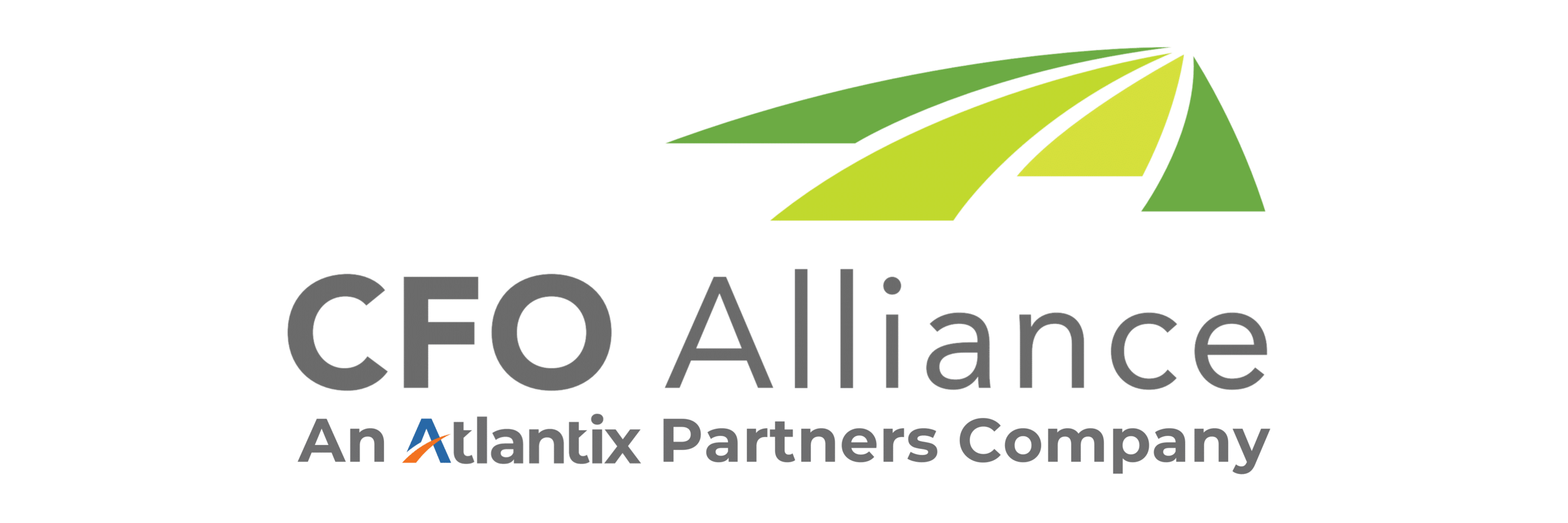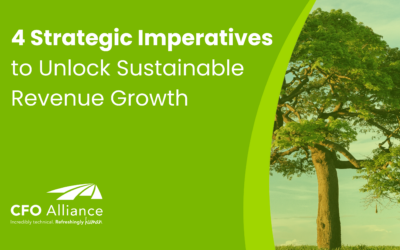5 Practical Tips for Building a Successful Corporate Budget
If building a corporate budget sounds intimidating to you – or you just need a little help with the process – you’re in the right place. Now is the perfect time to begin crafting next year’s budget, and we’ve got 5 tips to help you move forward with confidence.
But first, let’s start with a quick look at budgeting strategy.
Top-Down vs Bottom-Up Budgeting
- Top-Down Budgeting – A top-down budget takes a high-level look at strategic business goals, and then structures the budget around those goals. It typically doesn’t go into a lot of granular detail, but it does look at what meaningful changes should be made to support business objectives. Top down budgeting is an aspirational approach that prioritizes your future state vision. Here’s an example:
Goal: I want to grow from 10 million to 15 million in revenue this year.
Budget Considerations: What areas of my business require new investment? Where are my challenges? Do I need to hire new talent, invest in new technology, or build out new systems and processes? What budget changes should I make to accomplish those things?
- Bottom-up Budgeting – Bottom-up budgeting is a more structural, granular approach that builds out the budget based on current data and trends. For example, you may look at existing costs, departmental trends, year-over-year percentages, and specific expenditures. With a bottom-up budget approach, you’ll use this data to justify each line item and determine how you should layer budget resources to get the best results.
So which is better? The answer is: both.
If you rely only on historical data to determine next year’s budget, you won’t achieve your most strategic goals. Yet, by only taking an aspirational approach, your budget decisions may not be realistic. To gain the most competitive advantage with your budget, bring these two strategies together and meet in the middle.
The best approach is to build out both a top-down and a bottom-up budget and compare them so you can fine-tune the assumptions that are driving outcomes. This helps you keep your eye on the prize while also making realistic assumptions in terms of what you can execute. When you’re finished, you’ll have a detailed, granular budget that moves you closer toward your strategic goals.
How to Create Competitive Advantage with Your Budget
- Take a Data-Driven Approach
Work toward becoming a data-driven organization so you’ll have a strong foundation to make budgeting decisions. Some parts of your budget will trend off the prior year, so it’s critical that you have accurate, meaningful, and insightful data that supports your top-down assumptions. If you don’t have good data, use the best that you have and prioritize data-driven systems and processes as an investment area for next year.Here are some areas you’ll want to explore (this is not a comprehensive list!):
- Financial Data – Look at key financial metrics such as revenue, margins, fixed costs, variable costs, one-time expenses, and cash flow from the past year.
- Operational Data – Consider data from other key areas of the company such as sales, purchasing, supply chain, HR, technology, and other business operations.
- Cash Flow – We always recommend a 13-week cash flow strategy to help you plan strategically. If you do this well, this will give you a good grasp on historical trends about customers and vendors. You can use this information to inform your budgeting strategy for next year.
- Balance Sheet – The balance sheet shows you where you company stands at any given point in time in terms of assets and liabilities. Use this information to evaluate whether your projections are reasonable and sustainable.
- Analyze Historical Trends
Look at year-over-year trends, percentage changes, seasonal adjustments and cyclical patterns. This enables you to see historical patterns and align those with the categories you are trying to budget. With this information, you can analyze each trend and decide how it informs your budget assumptions.
This process will involve analysis and critical thinking as you evaluate trends and make projections about where to invest based on the historical data.
- Align Your Budget with Your Financial Statements
Effective budgets rely on practicing financial discipline all year long, month in and month out. Make sure you are in the habit of aligning your budget with actual financial statements. This will enable you to compare your actual results to your budget as the year progresses. By doing so, you’ll have clarity into why you are ahead or behind your budget and what changes you can make to change the outcome in future months and quarters.
- Use a Scenario-Based Budgeting Tool
A scenario-based budgeting tool supports planning and budgeting for the future by factoring in different scenarios to project results. This is an important way to identify and mitigate risks and to evaluate financial readiness for growth activities.
To create a budget that enables scenario planning, the key is to have a separate Excel tab that clearly outlines all the budget assumptions. These are the “inputs” to the model.
As you change these inputs, you will be able to easily see how the “outputs” of your budget change. Taking this approach will allow you to create multiple budget scenarios and compare them, which in turn will guide your final budgeting decisions.
- Don’t Wait!
It’s tempting to put off budgeting until the last minute. Don’t do it! Budgeting is an iterative process that should take a couple of cycles before you get to a final version. If you slam it together in two weeks, you won’t have time to think through your strategic goals, get input from key contributors, and identify what is meaningful. Instead, you’ll be in reactive mode, with no time to ideate for the new year.
Kick Off the New Year with Confidence
.
4 Strategic Imperatives to Unlock Sustainable Revenue Growth
4 Strategic Imperatives to Unlock Sustainable Revenue GrowthCreating long-term, sustainable revenue growth takes more...
Future-Proof Your Workforce with a Modern Talent Agenda
Future-Proof Your Workforce with a Modern Talent AgendaWhat does the future of talent look like? It’s a fair question,...
The Talent Behind the Tech: How Skills-Based Hiring Supports Technology Innovation
The Talent Behind the Tech: How Skills-Based Hiring Supports Technology InnovationStaying relevant with technology in...



